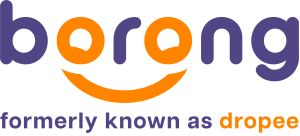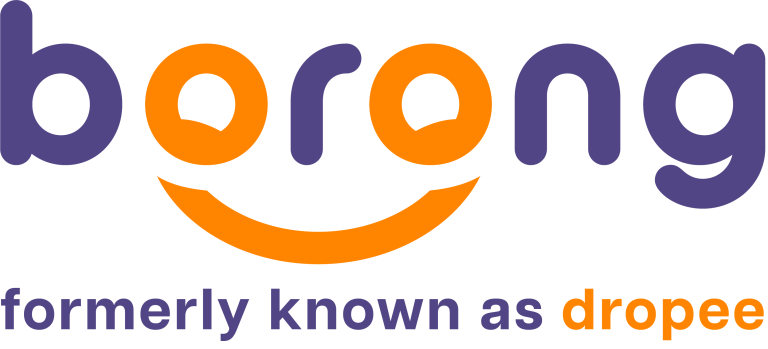Tackling inflation is one of the main challenges small businesses have been grappling with this year. Since the Covid-19 pandemic, many countries have been in an economic downturn. The geopolitical instability in certain parts of the world is also slowing down recovery.
For Malaysia, the situation took a turn for worse in September – recording the highest core inflation rate since 2015 at 4%. It’s been projected that Malaysia’s consumer price inflation will not decelerate towards the 2% level until the end of 2023.
Small companies are fighting inflation from both the supplier and consumer ends as the cost of items is soaring. Customers must raise their pricing in response to suppliers raising prices to offset growing costs. However, because of the high cost of living, customers are also trying to cut expenditures. Since everyone is seeking deals and the lowest costs to ease their budgets, competition is at an all-time high.
Rapidly rising inflation is unsettling, but your small business may take efforts to reduce the impact inflation has on your cash flow and earnings. The following tactics can be used in tackling inflation.
5 Steps to Tackling Inflation

#1 Cut Expenses
Cutting spending as much as possible is one of the simplest strategies for small businesses to combat inflation. To start with, examine your monthly service agreements to determine if there is anything you can live without. This is also a good time to reassess the company’s expenses on redundant products or services. If a product or service is no longer justifiably used, it can be let go.
If it’s not possible to cancel subscriptions or purchases, look for less expensive alternatives. You can also explore new materials or ingredients that can save money without affecting the quality of products.
It’s important to remember that your employees are coping with inflation too. To ease their financial burden, consider letting employees work remotely or implement a hybrid remote/in-office model to reduce commuting costs. Not only will this help your employees, but it would also benefit the business to downsize the office space and spend less on rental.
#2 Prioritise Cash Flow
For small firms, cash flow is always important, and a shortage of cash is the main cause of business failure. By enabling you to pay your suppliers on time and invest in new prospects, steady cash flow makes your firm function more efficiently.
However, a lot of firms have trouble with cash flow. Find strategies to motivate your customers to make payments to your company more quickly to increase cash flow. Of course, you’ll want to be adaptable because they’re also feeling the pinch from inflation.
Here are some strategies to protect your cash flow:
- Invoice right away. Don’t send out invoices at the end of the month. As soon as the task is completed or the goods are received, send them out. You’re more likely to receive payment quickly the earlier you send out invoices.
- Weekly cost reviews. You shouldn’t wait until the end of the month or the end of the quarter to find out whether your costs are increasing and make changes. Real-time reports of financial information are crucial to keeping your spending in check.
- Check the credit of new clients. Before you fulfil a major purchase from a new customer or agree to a service agreement with them, perform a credit check. Ask the buyer to pay in advance if the credit check reveals an issue.
- Keep track of your receivables. Wait until past-due clients have paid the remaining debt before continuing to deal with them or selling to them.
- Mandate prompt payment. Demanding quick payment will help you avoid sluggish or late payments. Accepting credit cards and other widely used payment methods will also make it simple for your clients to pay you.
#3 Strengthen Your Supply Chain
When prices increase, it may have a detrimental effect on your company’s supply chain. Supply chain problems will have an impact on you, resulting in higher material costs, material shortages and delays, as well as higher transportation expenses.
The most effective strategy to reduce supply chain risk is to diversify among different providers. When it comes to price rises, you’ll have fewer alternatives if you depend too heavily on one seller. However, diversification gives you the chance to explore different goods and resources.
Additionally, it’s crucial to stock up while you still have the opportunity. Filling their shelves and warehouses with anything with cheap holding costs before prices increase more – which they will – is one of the best methods for small business owners to battle inflation. Even if costs are higher now than they were at this time last year, they will appear lower by this time next year.
By storing essential goods immediately, you can protect your business against inflation while solving supply chain problems. Work with suppliers to establish long-term contracts that lock in the present pricing in order to protect your position going forward.
#4 Increase Productivity
Increasing productivity by automating as many monotonous operations and procedures as you can is another strategy to combat inflation. One of the best ways to increase productivity is to utilise technology as there are several applications available to assist you in managing tasks like marketing, customer service, and accountancy.
By utilising technology, you may expand your company’s output while spending less money, freeing up both your time and those of your staff to concentrate on more complex issues. This is crucial to do in order to maintain employee satisfaction amidst labour shortages and rising labour prices.
Reexamine processes to see if:
- Work that takes a long time could be mechanised.
- Is it possible to use software to automate commercial operations like scheduling, order taking, billing, and payment collection?
- Is robotic processing a possibility while producing items or carrying out a monotonous task?
Your profit margins will likely improve if you and your staff work more swiftly and effectively. With a small labour pool, it’s important to remember to be considerate of workers’ needs and sentiments even as you strive to boost efficiency.
#5 Use E-commerce Platforms
A full marketplace like Dropee, one of the leading e-commerce platforms, has all the tools a small business needs for tackling inflation. Dropee helps to cut expenses for both buyers and sellers.
Because there is no need for a physical store to showcase goods, sellers can sell products on Dropee with lower operating expenses. Not only can businesses save on store rental, but many processes are also automated on Dropee, which minimises labour costs.
As for buyers, you have the option to stock up on goods first and pay later using Dropee Credit. There is a 0% interest perk for all repayments made within 60 days. With a huge catalogue of various sellers on Dropee, buyers can find the best deals that suit their budgets.
Connect With Dropee Today
As the above suggestions show, protecting your small business against inflation doesn’t only mean raising your prices. These strategies help guarantee that your small business stays profitable while also safeguarding it against inflation.
Whether you are a seller or a buyer, Dropee can help you fulfil all of the strategies we’ve outlined in this article for you. Sign up as a buyer or a seller here and start tackling inflation immediately!


